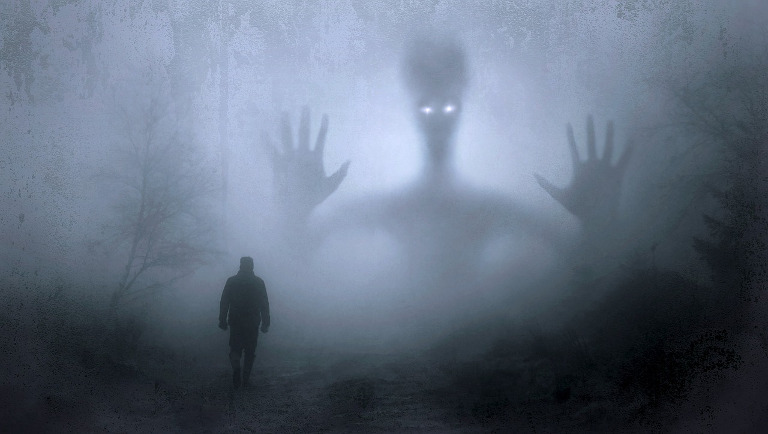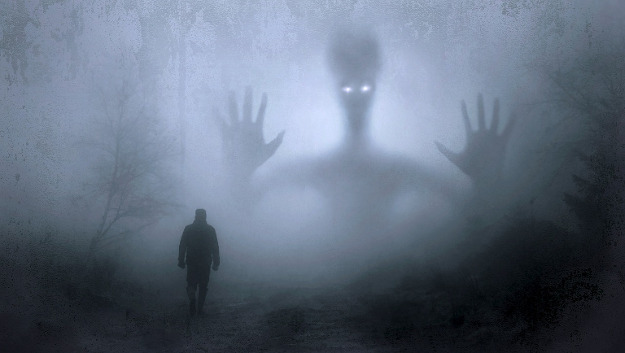
If you’ve never written a fantasy novel before, one of the parts you’re bound to enjoy perhaps more than any other is populating your storyline with all manner of monsters, creatures, Fae folk, and whatever else you can dream up to wow your readers and keep them engaged. This article will guide you through some of your options, and point you towards great sources of information to get inspired about creating the monsters, creatures and other beings for your fantasy novel.
A Word About Non-Human Races
Fantasy novels have always made use of different kinds of beings in addition to what you might call “regular humans.” In most cases these other beings are at least recognizably humanoid to some extent. For example, in the Dungeons & Dragons fantasy role-playing game, you can choose from among several races for the character you play, including human, elf, dwarf, and halfling. It’s a different take on race because all humans are just a single race. The word “species” probably would have been better, but there you have it. These D&D races closely mimic what’s presented in J.R.R. Tolkien’s Lord of the Rings trilogy, with the only exception being that his hobbits became halflings in D&D.
If you’re going to incorporate non-human races like these into your fantasy novel, just make sure you think things through in terms of what life for them might be like. As always, even though you’re writing fantasy, you still want it to be believable and to feel authentic. If non-human races are going to feature prominently in your novel as main or supporting characters, then you really should spend some time familiarizing yourself with high-quality novels that have done the same. You can take your non-humans in any direction you like, but it’s good to have some foundational ideas in mind about what they’re like.
You also have the option to create entirely new non-human races of beings if you’re so inclined. Just keep in mind the need to be thorough in thinking through the details so when you write about them it feels grounded and realistic.
What Makes Monsters Scary?
Whether the primary antagonist in your fantasy novel is human, a non-human humanoid race, or a bona fide monster, you will no doubt want to use various monsters at different points during your story. Nothing keeps readers turning pages than your main character(s) suddenly have to do battle with or escape from monsters or other dreaded creatures. In some cases you might want to make use of one or more of the many mythological monsters that have been around for centuries. In other cases you might desire to create something entirely new or give a classic monster a new twist. What makes a monster (or anything, for that matter) scary?
One way to approach this is by building up from what are known to be people’s deepest fears. Everyone is unique in this regard, but there are also some common themes running through people’s collective fears. And this is something that also changes over time. Think about how clowns used to be seen as something joyful in parades, circuses and birthday parties, but nowadays more people seem to find clowns creepy thanks to the many horror movies that have come out in recent decades about sinister clowns.
Poll your friends on what they fear the most, or what scares them, and create a monster that builds on those fears. Lots of people will say spiders, snakes, the dark, and so on. You might feel as if these have all been “overdone” in fantasy novels, but maybe you can come up with a new take on them that works for you and your readers.
Other elements that go into making monsters both scary and formidable foes can include their unpredictability, ferocity, terrifying appearance, cunning, raw power, special powers and abilities, and a seemingly endless capacity for violence and wanton destruction.
Also keep in mind how sometimes what appear to be monsters turn out to be unexpectedly nice and might even become friends or allies. And the converse is also true – something that appears to be harmless could turn out to be a truly horrifying monster when it’s true nature and intentions are revealed.
Inspiration for Your Monsters and Creatures
You might already have all the ideas you need in your head about the various creatures and monsters that will appear in your fantasy novel, but if you need a little inspiration, take a look at the following sources:
- D&D Monsters: The Dungeons and Dragons fantasy role-playing game has published five editions of its Monster Manual over the years, and they are fun to flip through. You can view a few highlights on the Monsters page of the official D&D website.
- Grimm: The more than 132 Wesen creatures of the Grimm television series can provide plenty of inspiration for your own monsters. Get details on each one at the Grimm Wiki Wesen page.
- Supernatural: The adventures of Sam and Dean Winchester in the long-running Supernatural television series is another treasure trove of all kinds of creatures. Explore the details on the Supernatural Wiki Creatures page.
- Mythological Creatures: A great online source to scroll down through is The Ultimate List of Mythological Creatures on the Mythologian.net website.
There are many more sources out there you can tap into, but those are more than enough to get your creativity fired up to create your own unique monsters and creatures for your fantasy novel. There’s even a couple of books you can ready if you want to go deeper into the topic of creating monsters: Writing Monsters: How to Craft Believably Terrifying Creatures to Enhance Your Horror, Fantasy, and Science Fiction by Philip Athans and Writing Monsters and Maniacs: A Masterclass in Genre Fiction for Fantasy, Horror, and Science Fiction by Jackson Dean Chase.
Fae Folk in Your Fantasy Novel
Faeries, Pixies, Brownies, Sprites, Nymphs, Dryads, Gnomes, Leprechauns, and more can add a lovely layer of wonder to the setting of your fantasy novel. In many fantasy novels, Fae folk tend to serve mostly in the role of providing a richer fantastical aspect to a created world. Others have made Fae folk the primary theme and characters of their novels. The possibilities are truly endless if you want to incorporate Fae folk into your story.
If you want more information than you’ll probably ever need on the Fae folk, check out Faeripedia. The site is a bit clunky, but it’s a very comprehensive catalog of every variation of Fae folk you’ll ever need for many fantasy novels to come!
Hopefully you’re feeling excited about writing monsters and other creatures into your fantasy novel that will add many layers of rich details your readers will love. Next up in this series of articles about writing fantasy novels is a special question: Should you write what you know? It seems like a counter-intuitive question for writing a fantasy novel, but the answer just might surprise you!
Try tooleybook, the free tool created for writing books. It takes less than 30 seconds to create an account and start writing.
With tooleybook you can view timelines, chapter purpose, word count, track time and place, tag scenes, move and organize scenes and more...More Info


